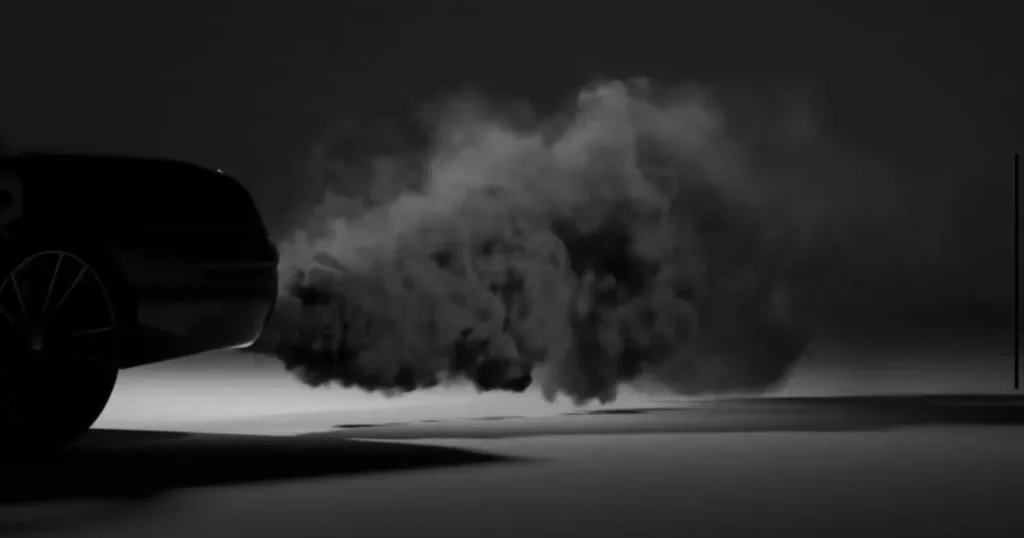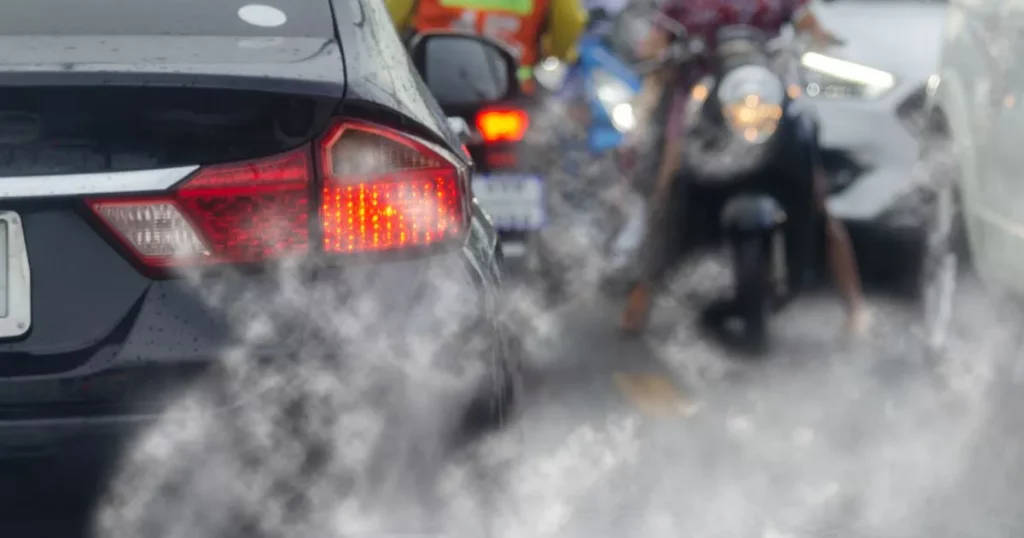Catching a glimpse of smoke billowing from your car’s exhaust can instantly send waves of panic through any driver. However, not all exhaust smoke signals doom; some variations are relatively benign, while others ring alarm bells for immediate attention. Understanding the nuances of exhaust smoke types can save you from unnecessary worry and potentially hefty repair bills. Let’s dive into the visible emissions from your exhaust and decode what they signify.
Black Smoke: Rich Fuel Mixture

When you spot darker smoke, your first reaction might be concern, but it’s often linked with the combustion balance controlled by the Engine Control Unit (ECU). This type of exhaust smoke is usually a result of an overly rich fuel mixture, where the air-fuel ratio dips below the optimum level. In such cases, the spark at ignition can combust only a certain amount of fuel per cycle, forcing unburned fuel to be expelled into the exhaust system.
The causes can range from a leaking fuel injector, a blocked fuel return pipe, to a malfunctioning oxygen or airflow sensor. Even a dirty air filter can play a part by restricting clean air from entering the combustion chamber, thereby hampering efficient combustion. While black smoke might not immediately signal a major problem, addressing the underlying issues can prevent further complications.
Blue Smoke: Oil in the Combustion Chamber

Spotting blue smoke is an indication that oil is mixing with the air-fuel mixture—a sign that should not be ignored. This cross-contamination can result from engine wear or failure of the engine’s internal seals. Whether it’s a damaged valve stem seal or compromised piston rings, the integrity of your engine is at stake.
The pressure dynamics within the combustion chamber allow oil to be sucked through any breaches, akin to the air-fuel mixture. This not only leads to decreased engine compression but also increases pressure within the crankcase, culminating in reduced power. Moreover, blue smoke is a common sight in modified and turbocharged vehicles where increased power outputs exert more stress on engine components, elevating the risk of oil leaks.
White Smoke: Steam or Danger?

Observing white smoke? It might actually be steam. On cold starts, seeing vapor emanating from the exhaust is typical and harmless, a byproduct of combustion. However, if your vehicle is warmed up, the ambient temperature is mild, and you’re still noticing steam, it could be a precursor to significant engine trouble, such as head gasket failure or even a cracked engine block.
The head gasket plays a crucial role in keeping the oil and coolant systems separate and securing the cylinder head to the combustion chambers. A breach in this gasket can cause liquids to intrude into areas they shouldn’t, with coolant entering the cylinders being a common and destructive occurrence. This scenario can lead to severe engine damage and a plume of steam from the exhaust, signaling an urgent need to stop driving and assess the situation.
Conclusion
Your car’s exhaust smoke is more than a simple emission; it’s a communication channel, revealing the health and functioning of your vehicle. Ignoring these signals can lead to deteriorated performance, increased emissions, and costly repairs. By becoming familiar with the different exhaust smoke types and their implications, you can maintain your car’s health and performance, ensuring a smoother and safer driving experience. Always consult with a professional mechanic upon noticing unusual exhaust emissions to diagnose and address any issues promptly. Safe driving and happy smoke diagnosing!
